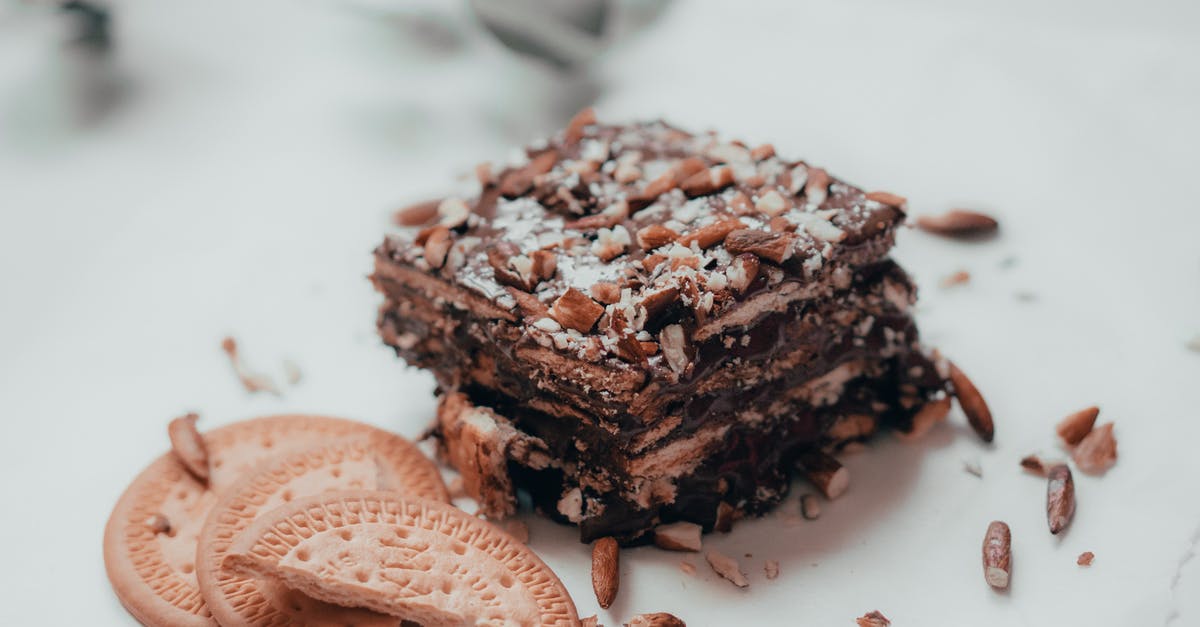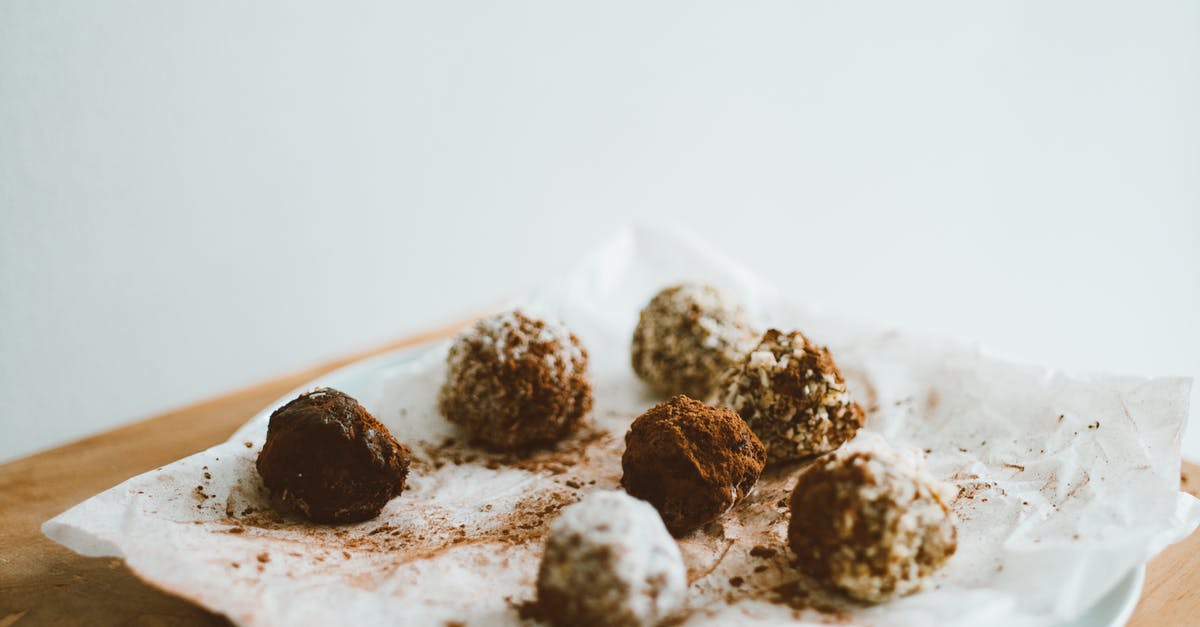What can replace coconut oil in a chocolate cookie coating?

For cookies I cover in chocolate I usually use add coconut oil to the liquefying chocolate to get a smooth mass. However, here it is really hard to get and even big supermarkets usually don't have it.
I tried with butter and cream instead but usually the outcome are squishy - or at least not really crunchy - cookies. What is another substitute? What are other oils that do not have a taste on their own that may be a proper replacement?
Best Answer
If really want to substitute for that coconut oil in this particular application, you want a pure, relatively flavorless, saturated fat. This will be one that is solid at room temperature. That means commercial shortening, such as the US brand Crisco.
Update: cocoa butter itself, of course would be ideal, if you can get it. But, then you would want to temper it. In that case, well, see below...
However, in my opinion:
Your best bet, if you are willing to do the necessary work, for a crisp true chocolate coating is to use... pure chocolate. Nothing else.
The trick is to ensure that your chocolate is in temper. (You can read more about it within the Wikipedia article on chocolate). This means that it is melted and then cooled in such as way as to ensure the cocoa butter forms the most desirable crystals, which have a melting point near mouth temperature, and a smooth, crisp bite.
You can google many detailed articles on how to temper chocolate, with many variant methods. For example, here is one from Serious Eats.
For small batches at home, I have found the following method to be very successful, using 100% real chocolate such as Merkens or Ghirardelli (or many other brands). That is, chocolate that is made of nothing but cocoa butter, cocoa solids, sugar, flavoring, and maybe some lecithen. You don't want other fats. In general, you should avoid chocolate chips (which may not be true chocolate) unless you know your manufacturer actually uses 100% true chocolate in their chips (a small number do).
- Break the chocolate up into small chunks (maybe 1/2 inch or 1 cm in size)
- Place in a glass microwave safe bowl. The purpose of the glass bowl is to absorb the heat from the chocolate, and then keep it relatively stable and warm.
- Place the chocolate in the microwave at very low power. I use level 2 on my microwave. It will take a very long time, maybe 8-10 minutes, even to be partially melted. This is okay.
- Every so often, stir the chocolate so it is heating fairly evenly. (The glass bowl also helps by adding thermal mass...)
- Keep microwaving on low, until the chocolate is almost all melted, checking more and more frequently as you get close.
- When the chocolate is about 90% melted, take it out and let the residual heat from the bowl and the chocolate melt the rest.
- Do one last stir, so that the various crystal types and seeds are evenly distributed, just in case some small part of the chocolate went out temper in this process.
Again, I emphasize, patience and going slow here is the key. This method trades time for complexity.
The key to this method is: commercial chocolate is already in temper. By barely melting it (and I mean barely), we keep it temper. We don't have to do all the hard stuff with thermometers and carefully regulating the temperature up to melt the bad crystals, then down to seed the good ones and so on.
Once you have your tempered melted chocolate, you can use it to coat candies, cookies, or (one of my favorites) stir in a crunchy breakfast cereal, coconut flakes, or nuts to make little candies.... the applications are endless.
Pictures about "What can replace coconut oil in a chocolate cookie coating?"



Quick Answer about "What can replace coconut oil in a chocolate cookie coating?"
What can I use instead of coconut oil when melting chocolate?
If really want to substitute for that coconut oil in this particular application, you want a pure, relatively flavorless, saturated fat. This will be one that is solid at room temperature. That means commercial shortening, such as the US brand Crisco.Do you need coconut oil to melt chocolate?
We like to combine coconut oil and melted chocolate so that the chocolate hardens faster and a little thicker. The coconut oil makes the chocolate act like a chocolate magic shell. It's not essential\u2014and doesn't add much flavor at all\u2014but we recommend it because it makes the chocolate much smoother to work with.Can I use butter instead of coconut oil in chocolate?
The most oils which are used to replace cocoa butter are coconut oil and palm oil. These oils are Unfortunately, most substitute oils doesn't have nice flavor like in cocoa butter to make the chocolate bar tastes better. The most substituted oils which are used for making chocolate, are coconut oil and palm oil.How do you melt chocolate chips without coconut oil?
If that happens, here is what you can try: Add a taste-free vegetable oil (canola, not olive), shortening, warm milk or cream, or warm melted butter by the teaspoon to the melted chocolate in a saucepan.Ask Betty: Can coconut oil be substituted for butter in cookies?
Sources: Stack Exchange - This article follows the attribution requirements of Stack Exchange and is licensed under CC BY-SA 3.0.
Images: Maahid Photos, Ena Marinkovic, ROMAN ODINTSOV, ROMAN ODINTSOV
